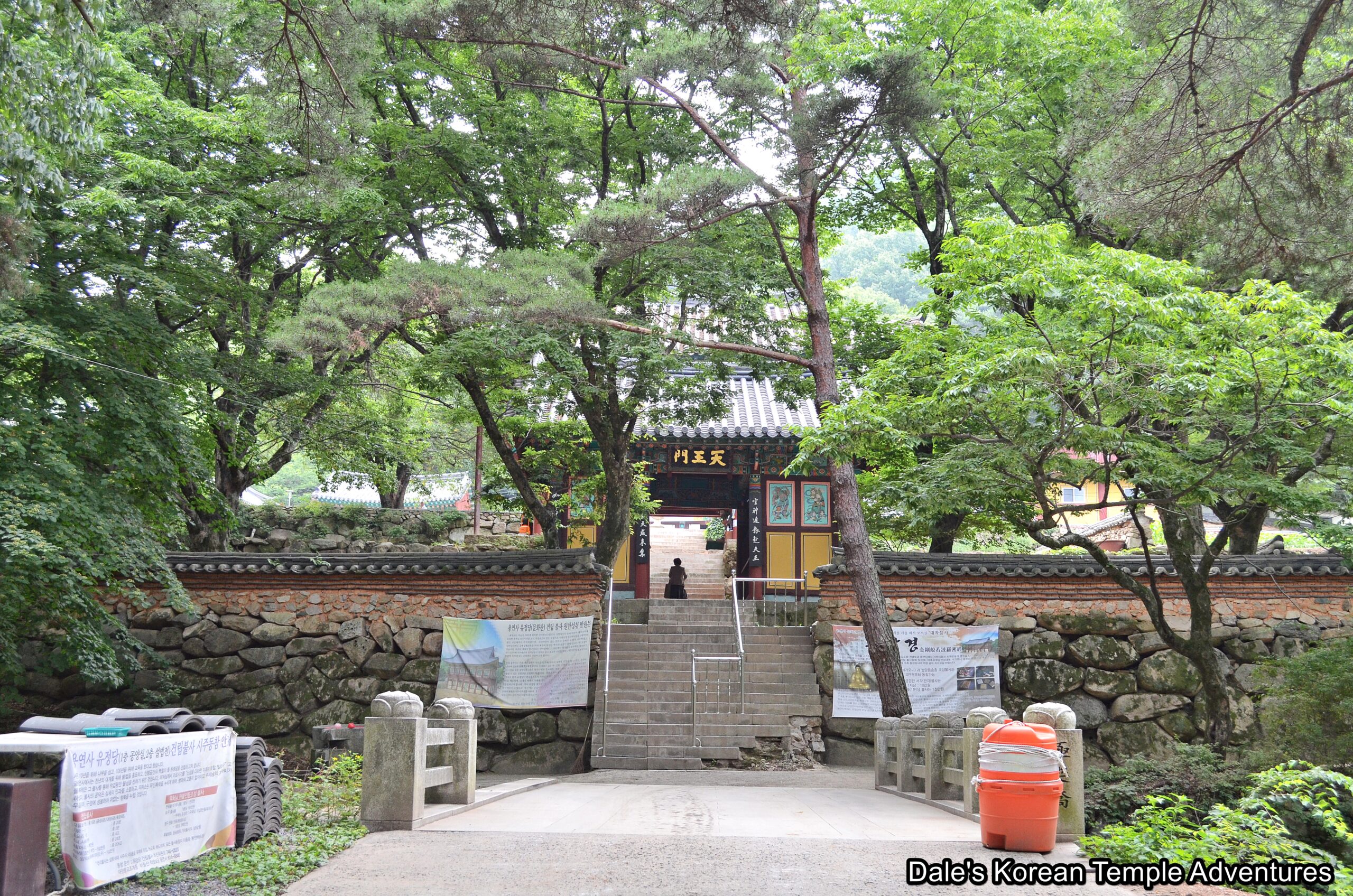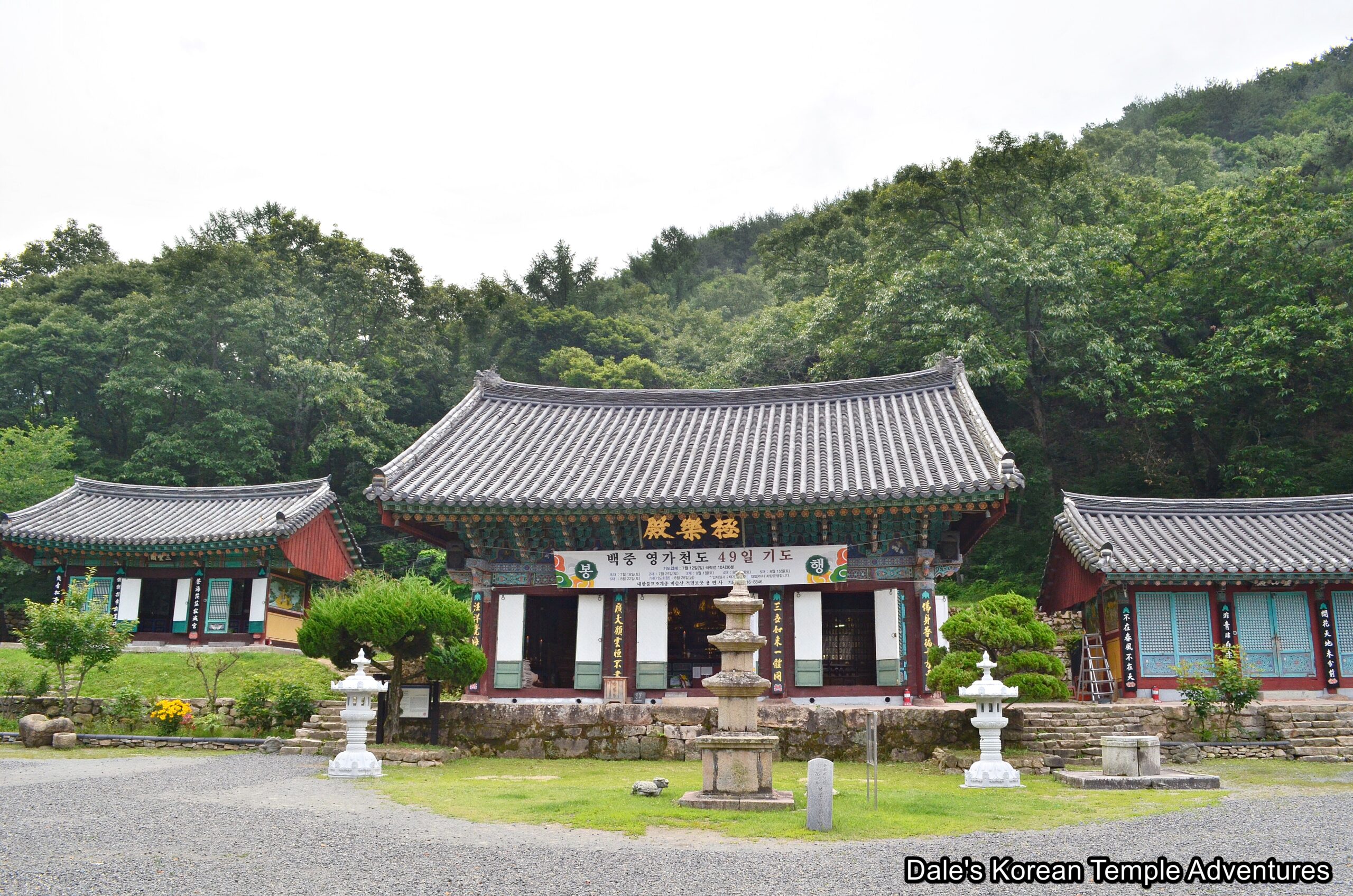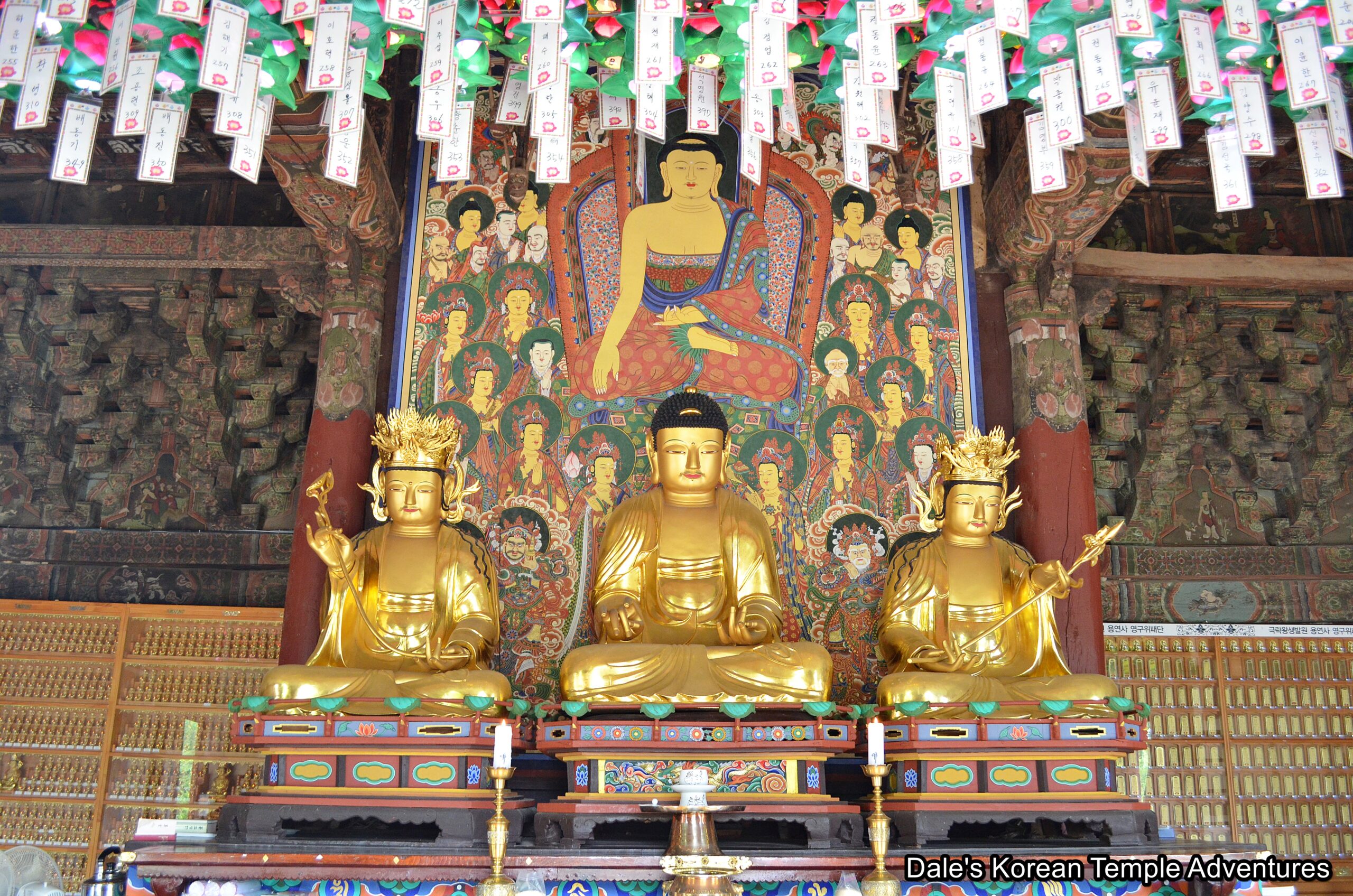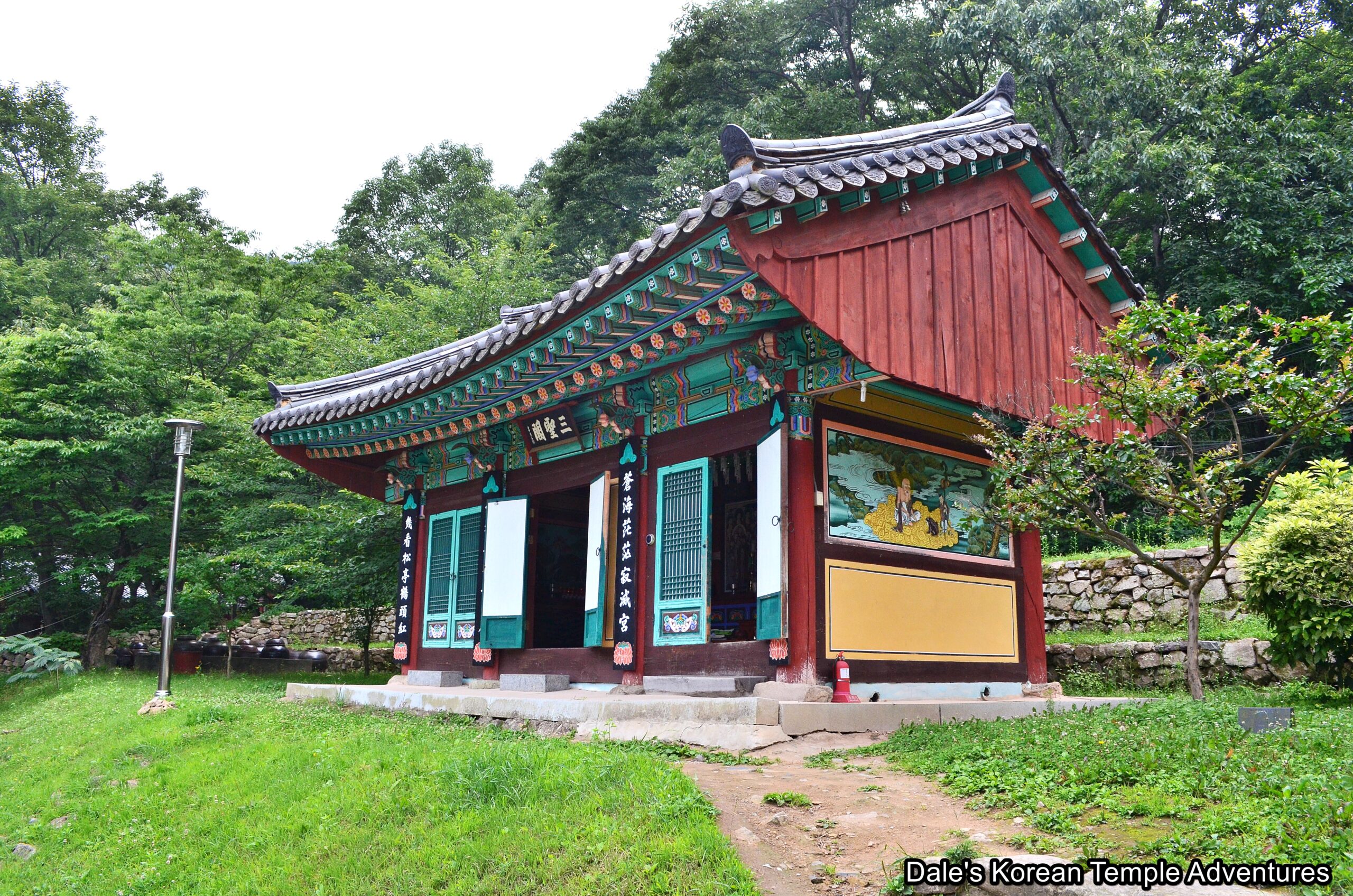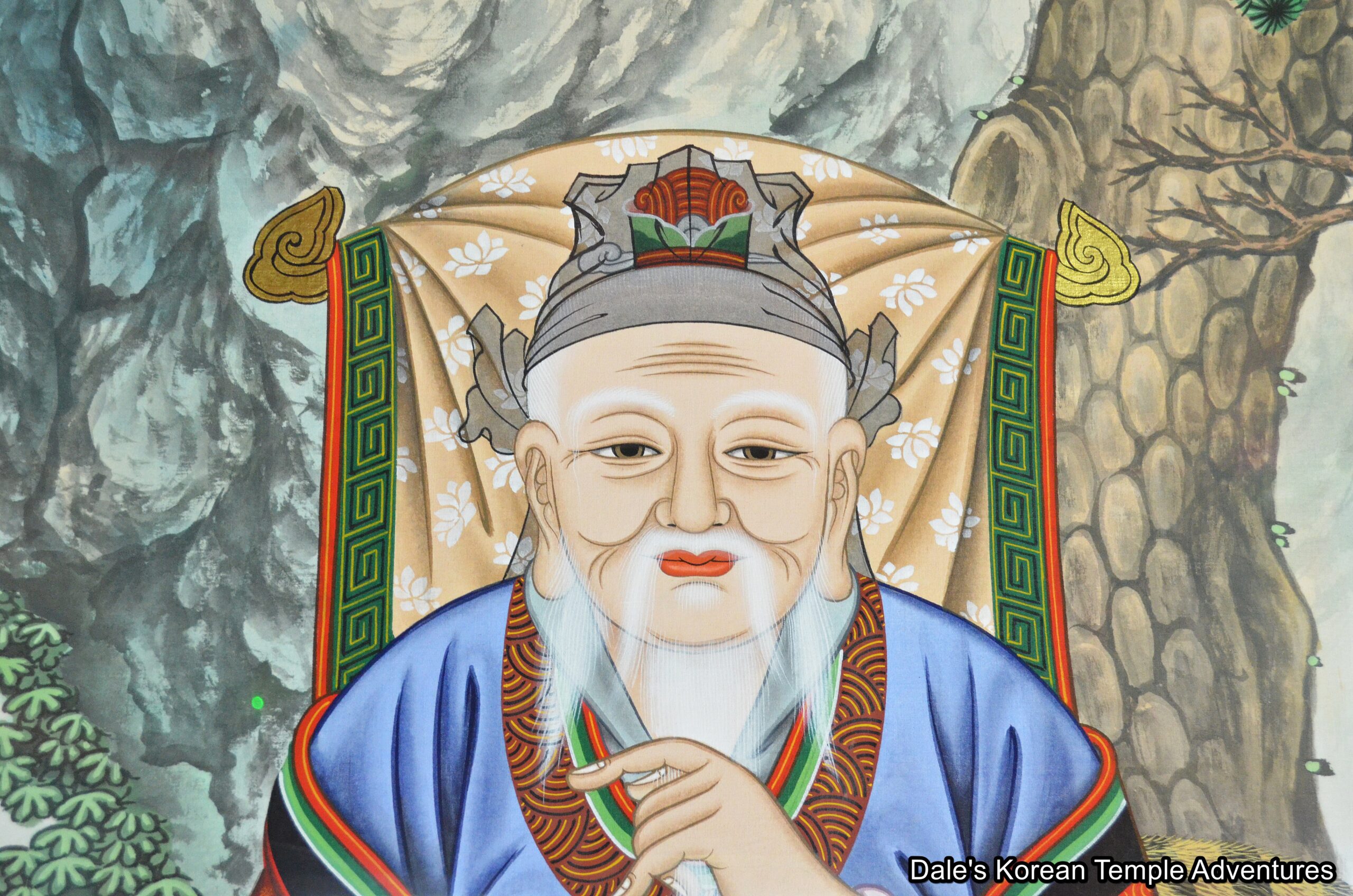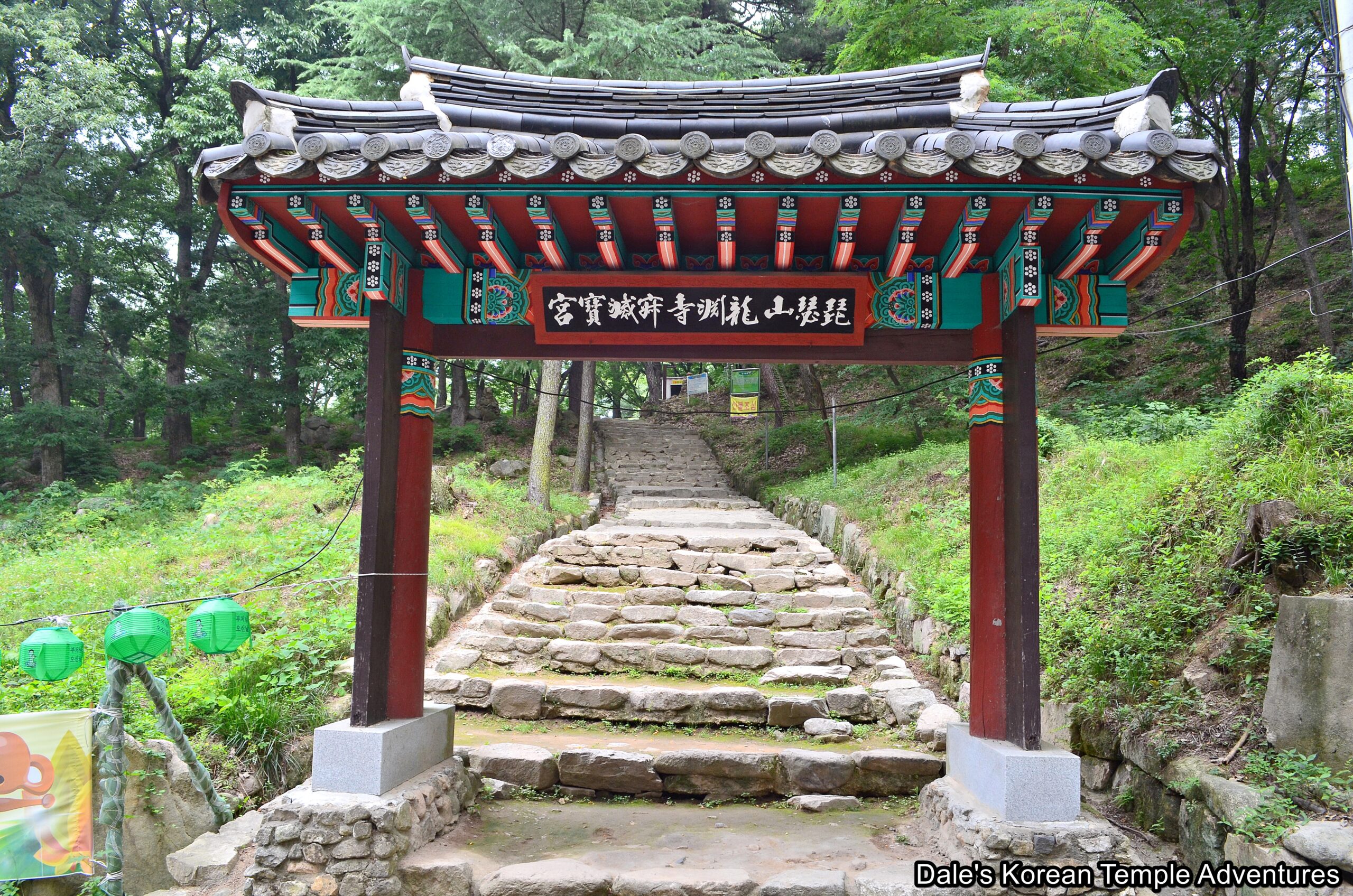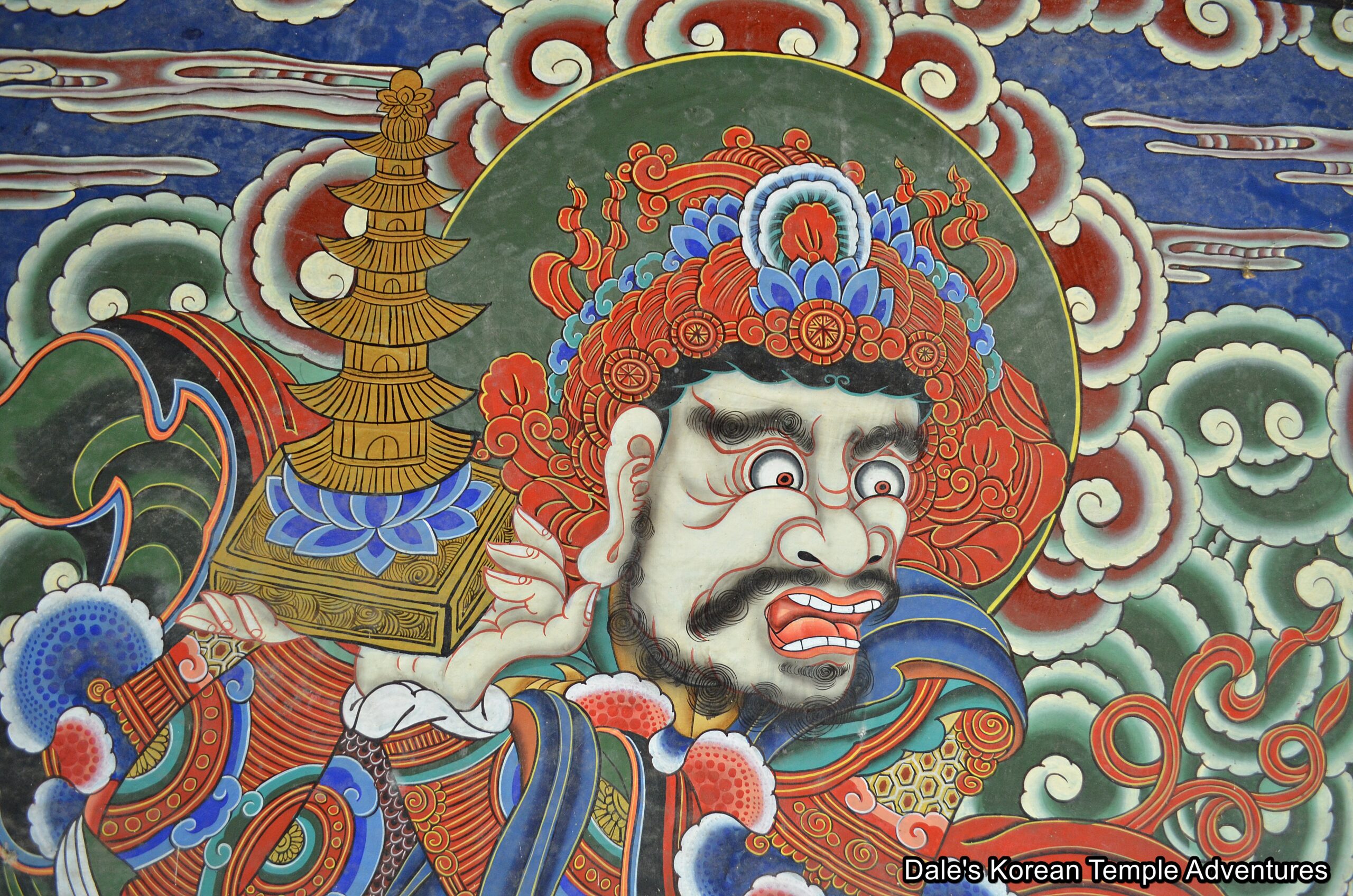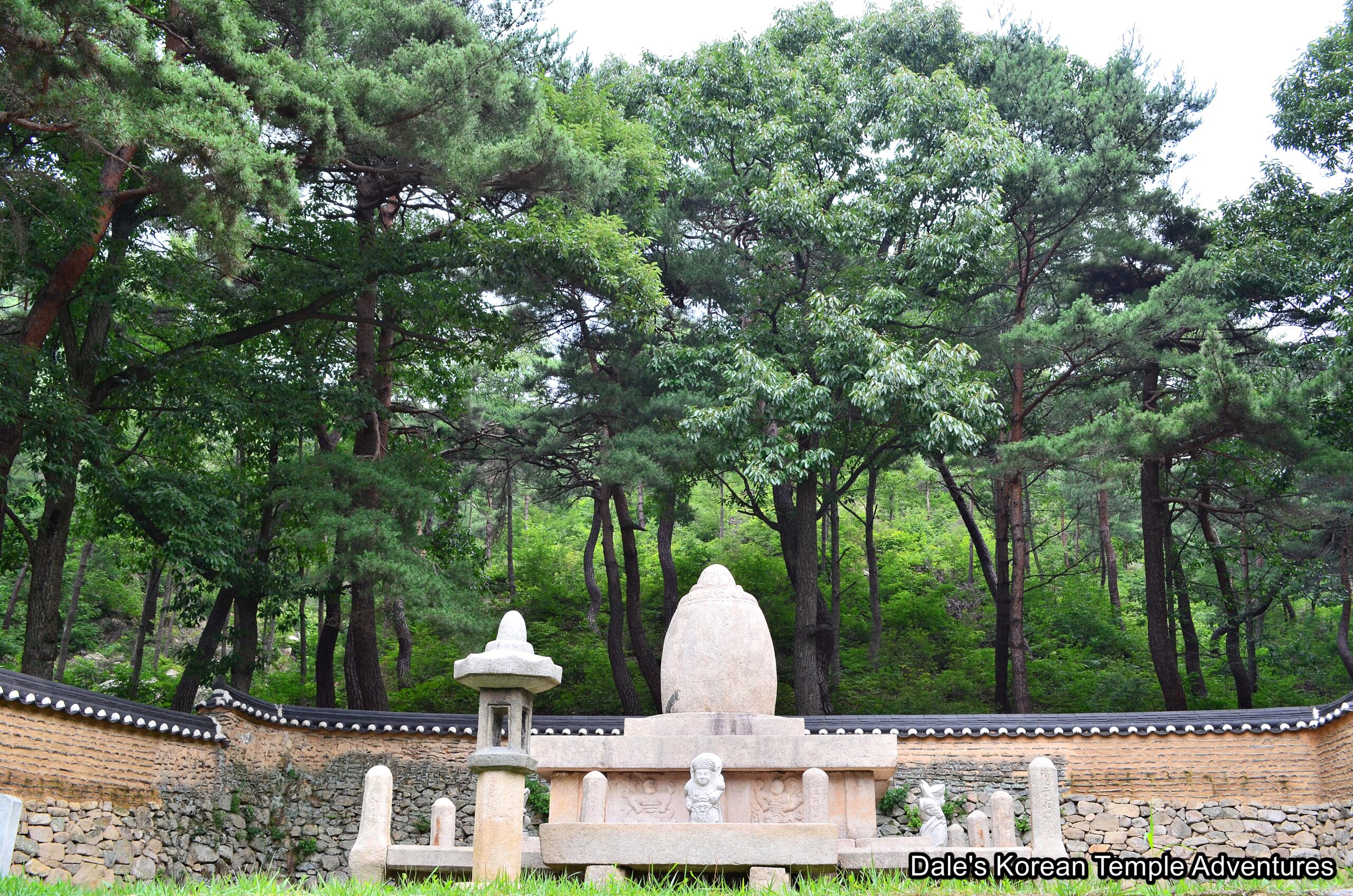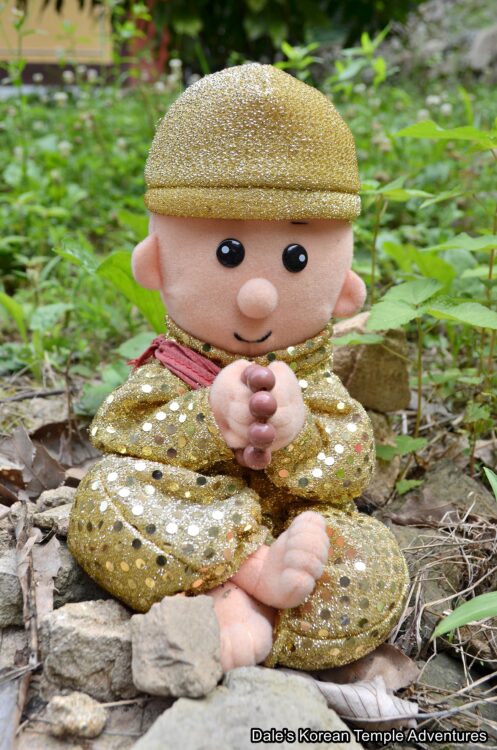Yongyeonsa Temple – 용연사 (Dalseong-gun, Daegu)
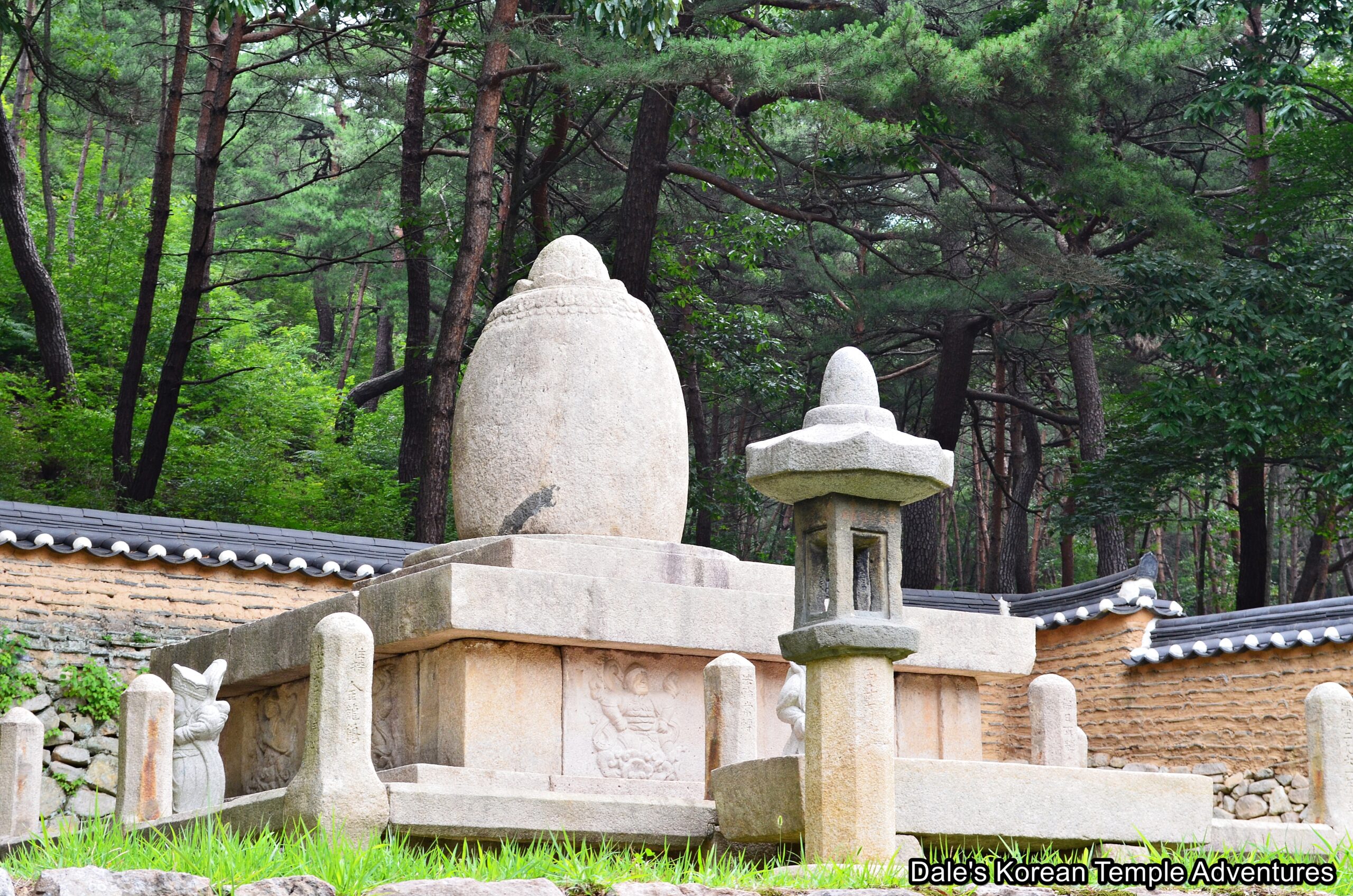
Temple History
Yongyeonsa Temple, which is located on the northern part of Mt. Biseulsan (1083 m), is located in southern Daegu. The name of the temple means “Dragon Flying into the Sky Temple,” in English. Yongyeonsa Temple was first established in 912 A.D. by the monk Boyang-guksa. And no history about the temple exists until the end of the Goryeo Dynasty (918-1392). However, with that being said, and according to the temple creation myth, there was a dragon that lived in the Yongyeon-ji Pond (Dragon Flying into the Sky Pond) at the temple. By flying up and into the sky, the dragon became a divine being. And this is where the temple gets its name. The temple was repaired in 1419 by the monk Cheonil-daesa. However, like so many other temples in Korea, Yongyeonsa Temple suffered severe damage at the hands of the invading Japanese in 1592 during the Imjin War (1592-1598). The temple was rebuilt in 1603 by the monks Imjam, Tanok and Gyeongcheon under the instructions of the warrior monk, Samyeong-daesa (1544-1610). At this time, around twenty monks lived at Yongyeonsa Temple. However, in 1650, the temple was destroyed by fire, again, when a candle fell over. Then, in 1728, Yongyeonsa Temple was restored. Several of the present day structures at the temple date back to this period of the Joseon Dynasty (1392-1910). It’s also at this time that around five hundred monks lived at Yongyeonsa Temple.
In total, Yongyeonsa Temple is home to two Korean Treasures.
Temple Layout
You first approach the temple grounds at the bend in the road with Yongyeon-ji Pond to your left. The first thing to greet you at the temple is the rather unique Iljumun Gate. This entry gate is rather squat in stature; and yet, it’s both vibrantly and elaborately decorated with the traditional artwork that adorns it. A little further up the trail, there’s a path that forks to both the left and right at the temple’s tea shop. To the right lays the temple’s main courtyard, and to the left you’ll find the temple’s Seok Jogyedan (Stone Ordination Altar).
So first heading to the right, you’ll first come across the temple’s Cheonwangmun Gate. Housed inside this entry gate are four older looking murals dedicated to the Four Heavenly Kings. Emerging on the other side of the Anyang-ru Pavilion, which is a variation of the Boje-ru Pavilion with Buddhist musical instruments on the second floor instead of a conference hall, you’ll finally be squarely situated in the main temple courtyard.
Straight ahead of you is Geukrak-jeon Hall, which acts as the temple’s main hall. The Geukrak-jeon Hall dates back to 1728. The exterior walls to this hall are adorned with various Buddhist-motif murals like the Bodhidharma, Wonhyo-daesa (617-686 A.D.), and Uisang-daesa (625-702 A.D). As for inside the Geukrak-jeon Hall, it’s occupied on the main altar by a centrally located statue of Amita-bul (The Buddha of the Western Paradise). This central statue is joined on either side by Gwanseeum-bosal (The Bodhisattva of Compassion) and Daesaeji-bosal (The Bodhisattva of Power and Wisdom for Amita-bul). These three statues are Korean Treasure #1813, and they date back to the middle of the 17th century during the reign of King Hyojong (r.1649-1659). The statues have a youthful appearance and were designed by the monk-artist Dou. And the artifacts that were found inside these statues included written prayers, writing about where the statues were enshrined, and the identities of the artists and artisans involved in the creation of the statues. The rest of the interior of the hall is filled with numerous ancient paintings which includes a mural of Gwanseeum-bosal as well as Geumgang-yeoksa (Vajra Warriors).
Out in front of the Geukrak-jeon Hall stands a 3.2 metre tall, three-story stone pagoda that dates back to the early Goryeo Dynasty (918-1392) or Later Silla (668-935 A.D.). To the left of the pagoda and the Geukrak-jeon Hall is the Samseong-gak Hall. Housed inside this shaman shrine hall are three elaborate murals dedicated to Sanshin (The Mountain Spirit), Dokseong (The Lonely Saint), and Chilseong (The Seven Stars). And to the right of the Geukrak-jeon Hall is the Nahan-jeon Hall. The exterior walls to this hall are beautifully decorated with Palsang-do (The Eight Scenes from the Buddha’s Life Murals). As for the interior, and resting on the main altar, you’ll find a statue of Seokgamoni-bul (The Historical Buddha). This statue is joined by two lines of Nahan (The Historical Disciples of the Buddha) and masterful murals.
Now back to the main pathway, and now heading left instead of right, you’ll need to walk in this direction for about five minutes up a hillside to get to the Seok Jogyedan (Stone Ordination Altar), which was also once a temporary Jeokmyeol Bogung (five temples that house the sari, or crystallized remains of the Buddha, that Jajang-yulsa brought back with him from Tang China in 643 A.D.). Past the newly painted Four Heavenly Kings that await you, and up an uneven set of stone stairs, you’ll be welcomed by the hall that looks out onto the Seok Jogyedan (Stone Ordination Altar).
During the Imjin War (1592-98), and in 1592, the Buddha’s sari (crystallized remains) that were housed at Tongdosa Temple were safely moved to Yongyeonsa Temple. After the conclusion of the Imjin War, the sari were safely returned to Tongdosa Temple, the home of these particular sari. However, a small portion of these sari were enshrined at Yongyeonsa Temple by the monk Cheongjin, who was a disciple of the famed warrior monk, Samyeong-daesa. The Seok Jogyedan (Stone Ordination Altar) was first built in 1613. And alongside Tongdosa Temple and Geumsansa Temple, it’s only one of three historic ordination altars in Korea. While not as large as the ordination altar at Tongdosa Temple, it’s even smaller than the one found at Geumsansa Temple. At each of the four corners of the altar are four reliefs of the Sacheonwang (Four Heavenly Kings). And there are eight reliefs of the eight Deva Guardians. The railing that surrounds the ordination altar was built in 1934 by the Japanese, which has subsequently been taken down. The ordination altar at Yongyeonsa Temple, the Seok Jogyedan (Stone Ordination Altar), is Korean Treasure #539.
The stone ordination altar is buttressed by two smaller sized auxiliary halls. And the one hall that people can pray inside that looks out onto the Seok Jogyedan (Stone Ordination Altar) is occupied by several blue Buddha paintings and even smaller images of Seokgamoni-bul. As for the rest of the interior, it’s decorated with simplistic Shimu-do (Ox-Herding Murals).
How To Get There
From the Daegu Seobu (West) Bus Terminal, you’ll need to take Bus #606 to Dalseong Middle School stop. The ride takes about 25 minutes, and there will be 17 stops. The stop is across from the middle school. From this stop, take Bus #600, or Dalseong 2 bus. After riding either bus for 30 minutes, or 11 stops, get off at the Yongyeonsa Temple stop. From this stop, you’ll need to walk about 1.1 km, or 15 minutes, up the road to get to the temple.
You can take a bus to the temple, or you can simply take a taxi from the Daegu Seobu Bus Terminal. The taxi ride should take about 25 minutes, or 14.8 km, and cost about 13,000 won.
Overall Rating: 8/10
For having just one of three historic ordination altars, Yongyeonsa Temple deserves a visit. But there’s also elaborate shaman murals housed inside the Samseong-gak Hall, as well as historic statues and murals housed inside the Geukrak-jeon Hall that should be seen, as well. While a bit out of the way, Yongyeonsa Temple makes for a rather nice and peaceful trip to the Korean countryside in Daegu.
